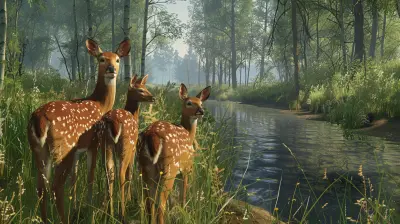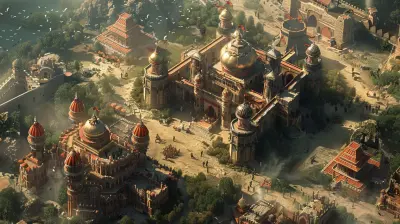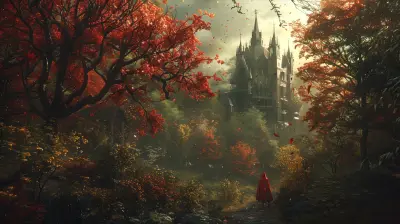Beyond the Map: How Open World Games Engage Players in Exploration
20 May 2025
If you’ve ever found yourself losing track of time while navigating the sprawling lands of an open world game, congratulations—you’re not alone. There’s something uniquely captivating about these games that keeps us glued to our screens, not just for hours, but sometimes for weeks, months, or even years. But what is it about open world games that makes exploration so rewarding? Why do we crave the freedom to wander through virtual landscapes, uncover hidden secrets, and carve our own path?
In this piece, we’re going to peel back the layers of open world games and unpack how they masterfully engage players in exploration. Whether you're a die-hard fan of The Legend of Zelda: Breath of the Wild, a Skyrim adventurer, or a GTA V thrill-seeker, there’s something magical about these experiences. Let’s dive in.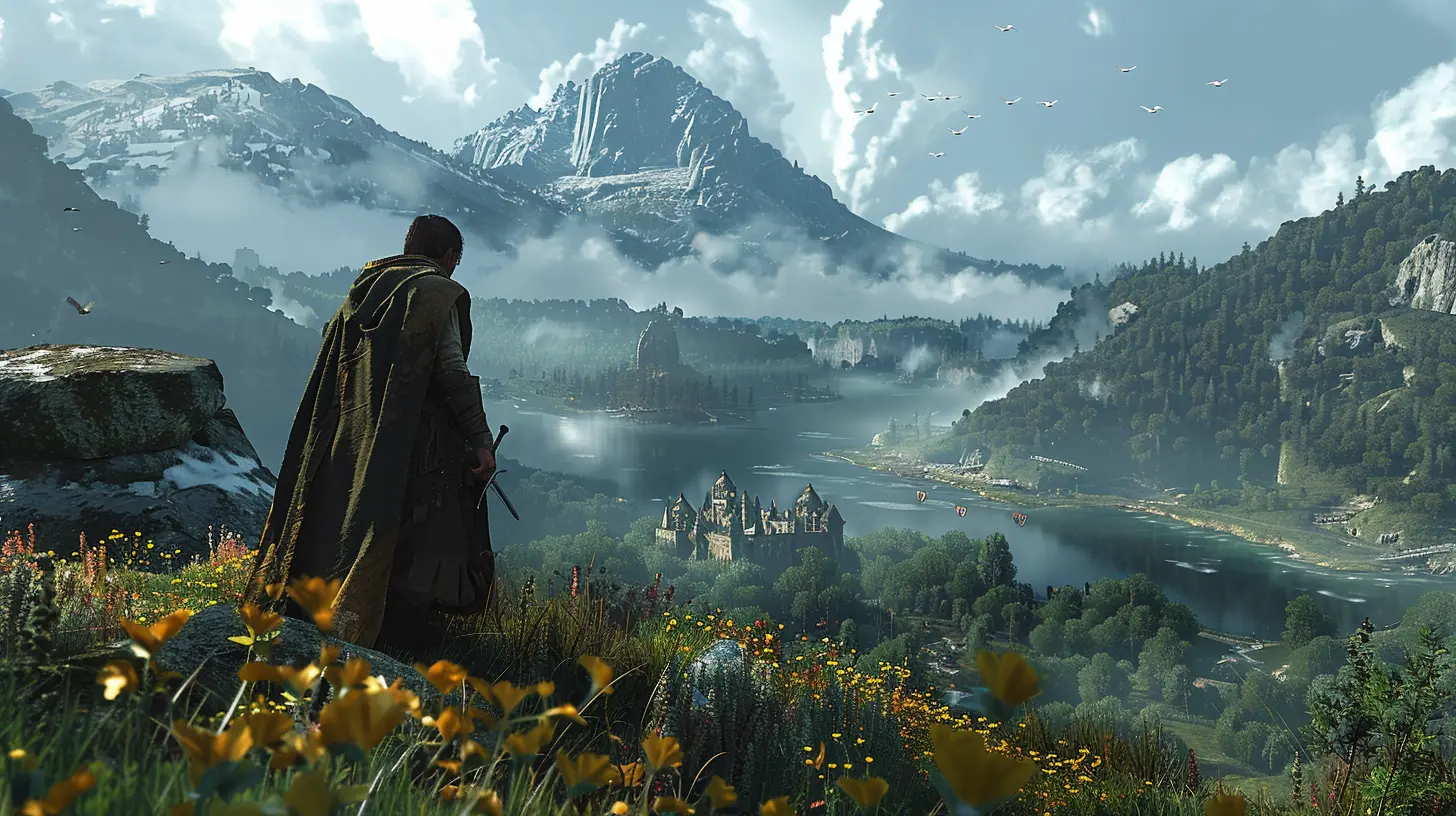
The Psychology of Exploration: Why We Love to Wander
At their core, open world games tap into a fundamental human desire: the need to explore. Think about it—humanity has always been driven by curiosity. From crossing continents to diving into the depths of the ocean, we have an innate thirst for the unknown. Open world games scratch that same itch but in a safer, digital environment.When we explore in games, it feels like we’re embarking on our own little hero’s journey. There’s the thrill of stepping into uncharted territory, the satisfaction of discovering something hidden, and the joy of overcoming challenges along the way. These games essentially create a sandbox for us to play in, where the rules are loose, the stakes are manageable, and the possibilities feel infinite.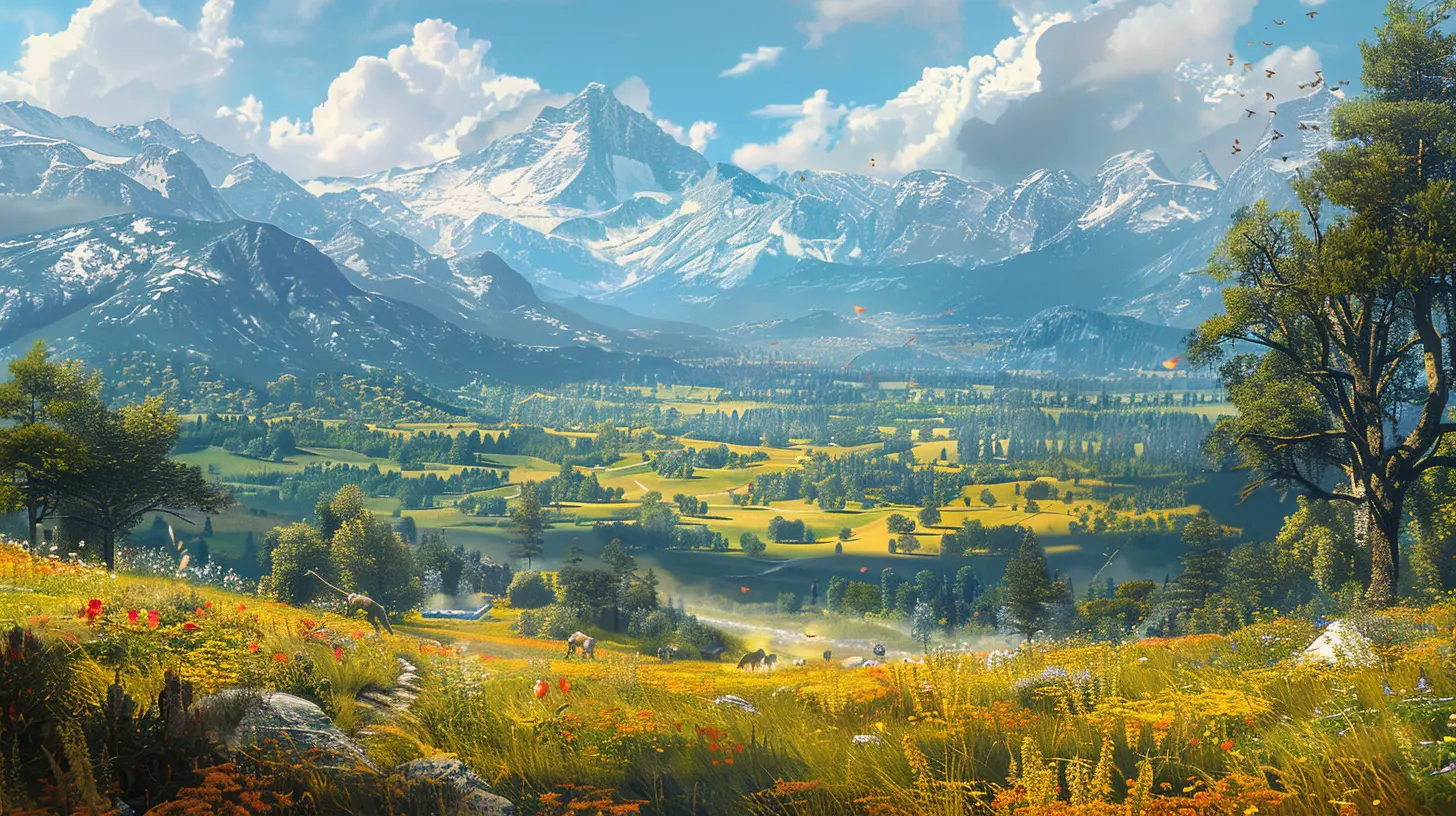
How Game Design Encourages Exploration
Creating an engaging open world isn’t as simple as making a big map and telling players, “Go have fun!” It’s an art form—a careful balance of design choices that nudge us to keep pushing forward. Here’s how developers do it:1. Breadcrumb Trails and Points of Interest
Ever notice how you can’t resist checking out that random, smoke-covered mountain in the distance? That’s not an accident. Game designers use visual cues like landmarks, lighting, and unique structures to guide our curiosity. Even when there’s no explicit “go here” marker, these breadcrumbs draw us in and make the world feel alive.In The Witcher 3: Wild Hunt, for example, the landscape is littered with points of interest—abandoned villages, monster nests, mysterious caves—that spark your curiosity. And before you know it, you’re knee-deep in a side quest you didn’t plan to take on, wondering how you got there.
2. Rewarding Curiosity with Loot and Lore
Exploration wouldn’t feel nearly as rewarding if it didn’t come with tangible payoffs. Whether it’s a rare item, a treasure chest, or a snippet of lore about the world’s history, developers make sure that poking your nose into every nook and cranny feels worthwhile.Take Elden Ring, for instance. It doesn’t just hand you rewards on a silver platter. You might stumble across a fierce mini-boss guarding a weapon you didn’t even know you needed. Finding these hidden gems feels like a pat on the back for your curiosity and perseverance.
3. Dynamic Environments That React to You
An open world feels much more engaging when it seems to notice and respond to your actions. Dynamic NPCs (non-playable characters), changing weather, and evolving storylines are just a few tools developers use to immerse players in the world.Games like Red Dead Redemption 2 are masters at this. Not only does the world react to your moral choices, but even hunting animals or neglecting your horse has consequences. This dynamic interaction draws you deeper into the game because it feels like a living, breathing place.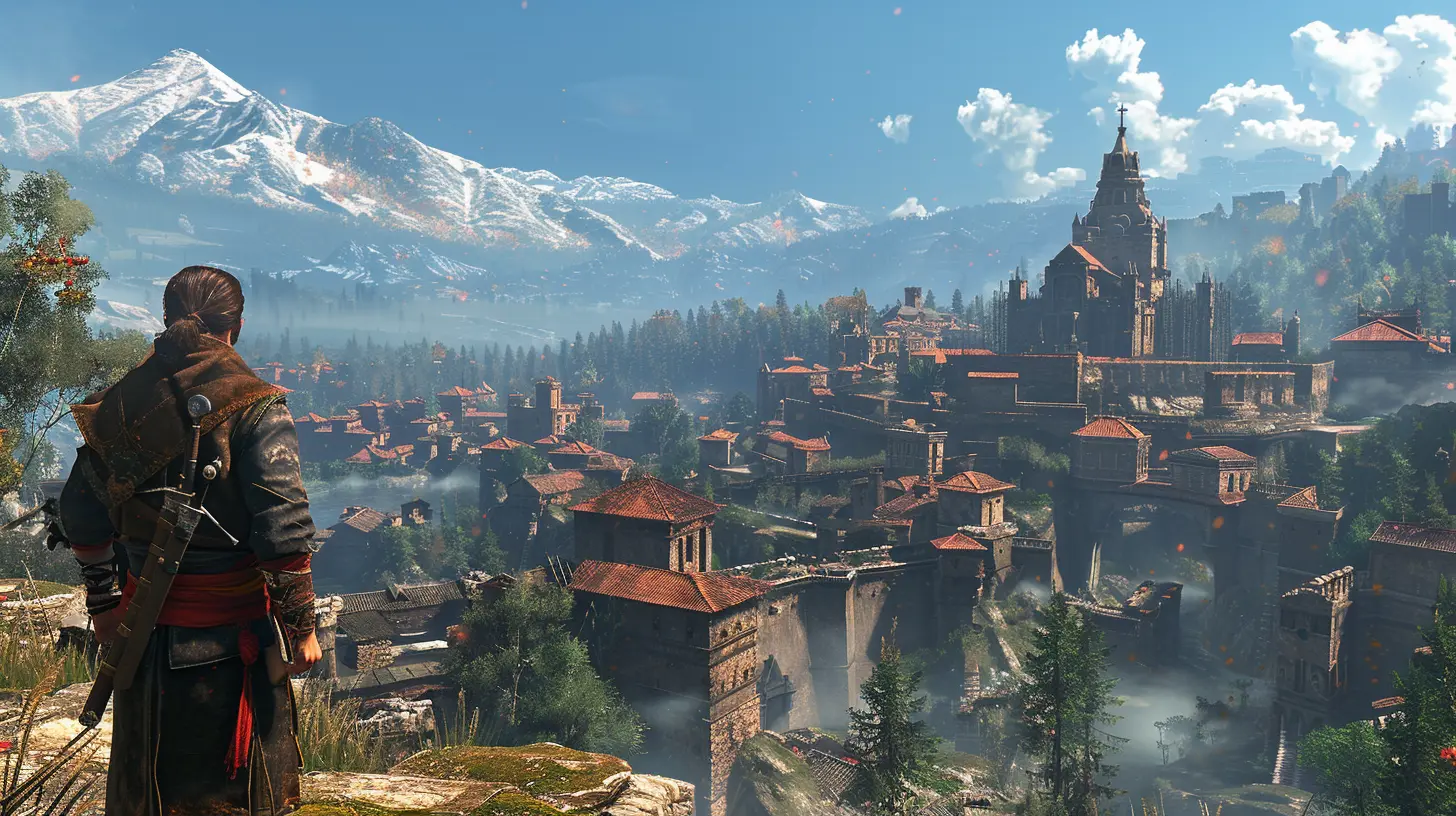
The Role of Freedom in Player Engagement
One of the biggest appeals of open world games is the sheer freedom they offer. You’re not locked into a linear experience, and that makes all the difference. Ever feel like the main storyline in some of these games is just there as a suggestion? Yeah, same.Go Anywhere, Do Anything
The real beauty of open worlds is that you can march to the beat of your own drum. Want to scale mountains instead of chasing the villain? Go for it. Feel like herding chickens instead of saving the kingdom? Nobody’s stopping you.Take Breath of the Wild, for example. The game dumps you into Hyrule with little more than a vague nudge toward defeating Ganon. From there, it’s entirely up to you how you spend your time. The freedom to choose your own adventure makes every discovery feel personal and meaningful.
Customizing Your Playstyle
Open world games often let you tackle challenges in multiple ways, which adds a layer of depth to exploration. Maybe you prefer stealth over combat, or you’re all about fast travel instead of hoofing it from point A to B. That flexibility keeps you engaged because it feels like the game respects your choices.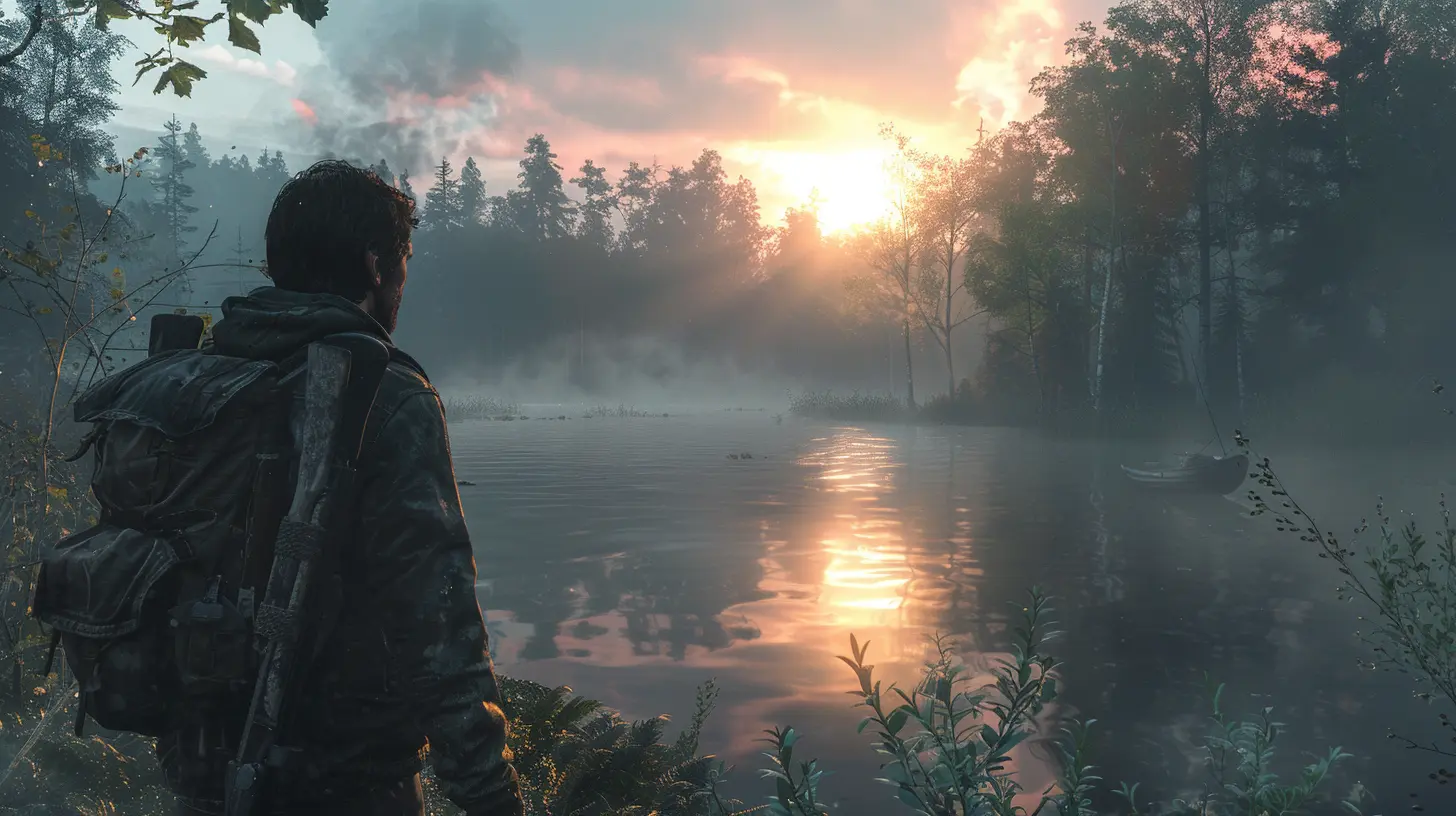
The Role of Narrative in Exploration
While freedom is important, a compelling narrative can give players a reason to explore. Open world games often weave storytelling into their environments, engaging players who want to uncover the story at their own pace.Environmental Storytelling
Sometimes, the world itself tells the story. A burned-out house might hint at a tragic backstory, or abandoned ruins could point to a once-thriving society. Games like Horizon Zero Dawn are filled with these environmental breadcrumbs that make exploration feel like piecing together a mystery.Side Quests That Add Depth
Side quests in open world games aren’t just filler—they’re opportunities to expand the lore and connect with the world on a deeper level. Think about how Skyrim handles its side quests. Even the smallest, most inconspicuous task often spirals into an epic adventure, giving you a glimpse into the game’s rich history and characters.The Magic Ingredient: The Player’s Imagination
Ultimately, what makes open world games so compelling is the role you play as the explorer. Developers may lay the groundwork, but it’s your choices, your curiosity, and your personal journey that bring the world to life.When you interact with these worlds, you’re not just consuming content—you’re creating your own stories. That time you accidentally angered a guard in GTA V and ended up in a wild police chase? Or when you decided to hunt for all the Korok Seeds in Breath of the Wild just for bragging rights? Those moments are unique to you, and they’re what keep you coming back.
What’s Next for Open World Games?
The future of open world games looks brighter than ever. With advancements in technology, developers are finding new ways to make these worlds feel even more immersive. From AI-driven NPCs to procedurally generated landscapes, the possibilities are endless.Imagine a game where every decision you make leaves a permanent mark on the world, or where the AI remembers your past actions and adjusts its behavior accordingly. The next generation of open world games might blur the lines between reality and fantasy even further, giving us even more reasons to keep exploring.
Final Thoughts
Open world games are more than just big maps—they’re playgrounds for our imagination. They tap into our innate need to explore, reward our curiosity, and let us carve our own path. Whether you’re battling dragons, cruising through city streets, or just soaking in a sunset on a digital beach, these games remind us of the joy of discovery.So, the next time you’re wandering aimlessly in a game and question why you’re spending hours climbing every mountain for no apparent reason, remember this: it’s not about the destination. It’s about the journey. And in the world of gaming, that journey is always worth taking.
all images in this post were generated using AI tools
Category:
Open World GamesAuthor:

Leif Coleman
Discussion
rate this article
4 comments
Stephen Jordan
Great insights on open world design! I particularly enjoyed the emphasis on player exploration.
June 1, 2025 at 4:57 PM

Leif Coleman
Thank you! I'm glad you enjoyed the insights on player exploration—it's such a key aspect of open world design!
Devin McKnight
This article brilliantly highlights how open-world games enhance player engagement through exploration. By allowing players to discover hidden gems and create their own narratives, these games foster a sense of adventure and immersion, making the gaming experience truly unforgettable.
May 25, 2025 at 5:11 PM

Leif Coleman
Thank you for your thoughtful comment! I'm glad you enjoyed the article and found the exploration aspect of open-world games compelling. Your insights on player engagement truly resonate!
Asher Graham
Open world games redefine exploration, inviting players to forge their own paths and uncover hidden treasures. It's not just play—it's an immersive journey where curiosity reigns supreme. Dive in unapologetically!
May 23, 2025 at 4:48 PM

Leif Coleman
Thank you! I completely agree—open world games truly transform exploration into a personal adventure, allowing players to discover their own stories and experiences.
Geneva Ramos
Open world games redefine freedom, empowering players to forge their own paths. Forget rigid narratives; exploration is the heartbeat of gaming. Dive in, discover, and unleash your adventure!
May 23, 2025 at 5:06 AM

Leif Coleman
I completely agree! Open world games truly enhance player agency, allowing for unique adventures and personal storytelling that traditional narratives often limit.

